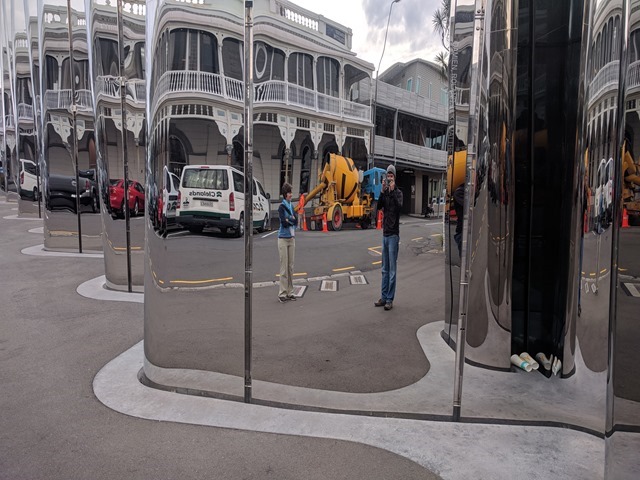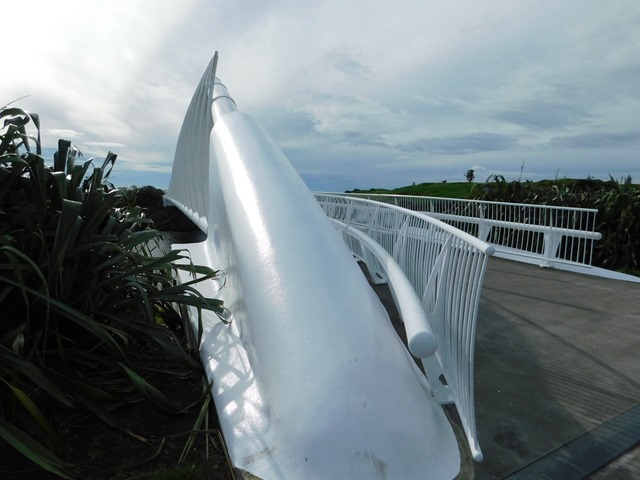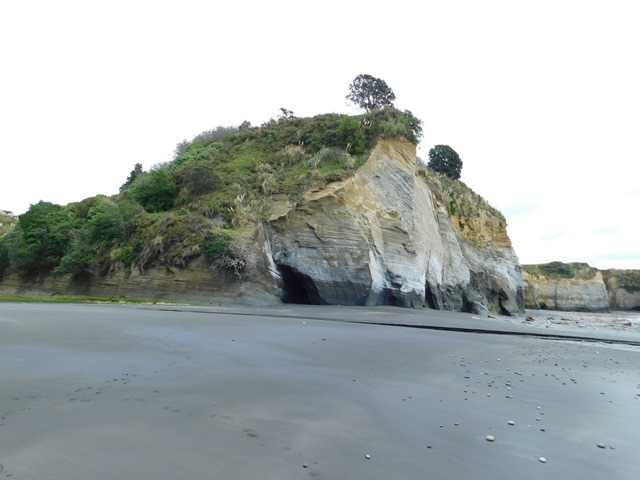Overland Travel in New Zealand
By Jen.
Did our journey through New Zealand inspire you to do the same thing? Or, perhaps you just found this page as you searched for how to prepare for your own journey. This post will discuss what we recommend for anyone else looking to explore New Zealand by vehicle.
Check out the accompanying post:
Shipping Vehicle to Australia or NZ
Choosing a vehicle
You have 3 options for your overland trip:
- Rent/hire a vehicle.
- Buy a vehicle.
- Bring your own vehicle.
Renting a vehicle is pretty standard. Most people have done it. Make sure to verify whether you are able to drive on unsealed roads. However, this doesn’t make sense at all if you will be traveling for more than a few weeks. We looked into just renting a vehicle and staying for 6 weeks. In the summer when we planned to visit, for a vehicle of similar convenience and quality to Fernweh, it would have cost $10,000 NZD per month!
Buying a vehicle in New Zealand is a great option. Unfortunately, this is a common thing to do here and the sellers have gotten this figured out. For most of those small (low-roof) vans, they will sell it to you for several grand more than they will buy it back from you. Most people loose $2000-5000 NZD in their transactions. And, all that is generally required to register your purchased vehicle is a local address. Just borrow a friend’s or your hotel’s, etc. The cons are fairly obvious. You don’t truly know its history or reliability, and you have to arrange for a sale at the end. For us, since it was going to take less than 2 weeks to ship from Australia, we felt we might as well as travel in the comfort of our own home. Plus, we didn’t want to stay in country when we were done trying to sell it, or try to sell it remotely from another country. Those were just hassles we didn’t want, though many people do it with minimal trouble.
Obviously, we chose to bring our vehicle over. Why? We had a heavily-modified campervan, suited perfectly for us with established reliability. Plus, we had just finished with our van in Australia, so it made sense to bring it along. We knew we would be in New Zealand for several months, probably 8-9 months. Our travel style is low cost using free/cheap camps and cooking our own meals. Our vehicle greatly supports this. When you take the cost of shipping and divide it over that time, the non-refundable cost was worth it for us.
Preparing the Vehicle
Importation
To temporarily import a vehicle into NZ, you either must pay the cost of the vehicle plus GST up front when you bring it and then have get it reimbursed when you leave, or bring it over using a CPD carnet. We chose the CPD carnet route. The NZ government has good instructions on their websites. As a note, when the vehicle arrives, it will be inspected by Ministry of Primary Industries (MPI) for any biosecurity issues. Your importer may try to say that it needs a NZTA inspection at the port, but it is not necessary for temporarily imported vehicles.
https://www.nzta.govt.nz/vehicles/importing-a-vehicle/exceptions/importing-a-vehicle-temporarily/
Registration
Before you can drive your vehicle on NZ roads, your vehicle must receive either a certificate or warrant of fitness (COF or WOF) and pay Accident Compensation Corporation (ACC). You do this at an entry certifier. Some of these require appointments, some don’t. Most only certify WOF, which are for vehicles under GVM 3500 kg. So, if you have a vehicle like ours, which has a 3800-kg GVM, then you are limited to only a few VTNZ or VINZ. Fortunately, at these two locations, if you are NZMCA member (see section below), you can also get a discount. I highly recommend calling ahead, explaining that you are temporarily importing a vehicle, that you need entry certification and a COF/WOF, and see if they know what you are talking about. Only one place that we called that could certify COFs knew what I was talking about, had a list of what I needed to bring, and didn’t require an appointment two weeks in advance. If you ship to Auckland, I would highly recommend them:
Towing
So, first choose your entry certification location. Then, you must get your vehicle towed there. Since NZ has very clear delineation between vehicles at 3500kg, if you are under that limit, you won’t have an issue. If you are over that limit, there are only about 3 towers in Auckland that can get you. Additionally, if you did RORO shipping and your vehicle is at the wharf, you have to have a tower that has security clearance for the wharf. Alternatively, you can pay a stevedore about $50 NZD plus GST, to drive the vehicle to the wharf entrance and have a tower pick it up from there, but you will probably be paying more for that. Only one company responded to my emails and didn’t require a full 24-hour notice:
They charged $150+GST NZD for towing anywhere in the Auckland metro area. They corresponded with me via email, which was great for coordinating this prior to getting my NZ SIM. I had to pay before they delivered my vehicle, and I did so by going to a branch of their bank and depositing cash into the account they provided. They picked up the van from inside the wharf and dropped it off at the VTNZ without needing me to be present. They just gave the keys to a VTNZ mechanic and parked it on the grounds.
Entry Certification
The VTNZ takes people at a first-come, first-serve basis. It took us less than 2 hours, between the queue and the tests. You can fill out and print the form (
MR2C) in advance. They will have to type it all into their computer, but at least you don’t have to ink it out while you are in the queue. They let us choose whether we wanted to certify for a year or 6 months (even though we were a COF-diesel vehicle). The entry tests plus the COF plus the ACC cost us only $190.55 NZD. According to the NZTA temporary importation guidelines I mentioned earlier, we may have had to pay Road User Charges (RUC), since we were a diesel vehicle. But, upon investigation at the VTNZ and later confirmed via email, temporarily-imported diesel vehicles are not required to pay RUC. This was great news, as it saved us a decent amount of money. We were able to pay all fees via card. I think they charge a $1.01 fee for credit cards, though.
https://vehicleinspection.nzta.govt...on-requirements-for-temporary-vehicle-imports
Insurance
Now, while not required, it is highly recommended to get vehicle insurance. ACC is not vehicle insurance, it only covers medical bills for an accident, not any damage to vehicles or property. (HINT: ACC covers medical bills for
any type of accident, not just automobile accidents, which is helpful.) After calling around, there were only two companies that would accept a temporarily-imported, left-hand drive campervan that was permanently lived in: Covi Insurance and Star Insure. Covi is the insurer of choice for most NZMCA members (see section below), but they only offered yearly, nonrefundable terms. We went with Star Insure, which allowed us to go on a month-to-month basis. If we had stayed a year, Covi would have been cheaper. But since we knew we would only be there less than 9 months, Star was cheaper for us. See below for examples of quotes.
















